Hidden & Latent Spaces. Vicky Clarke, Manchester
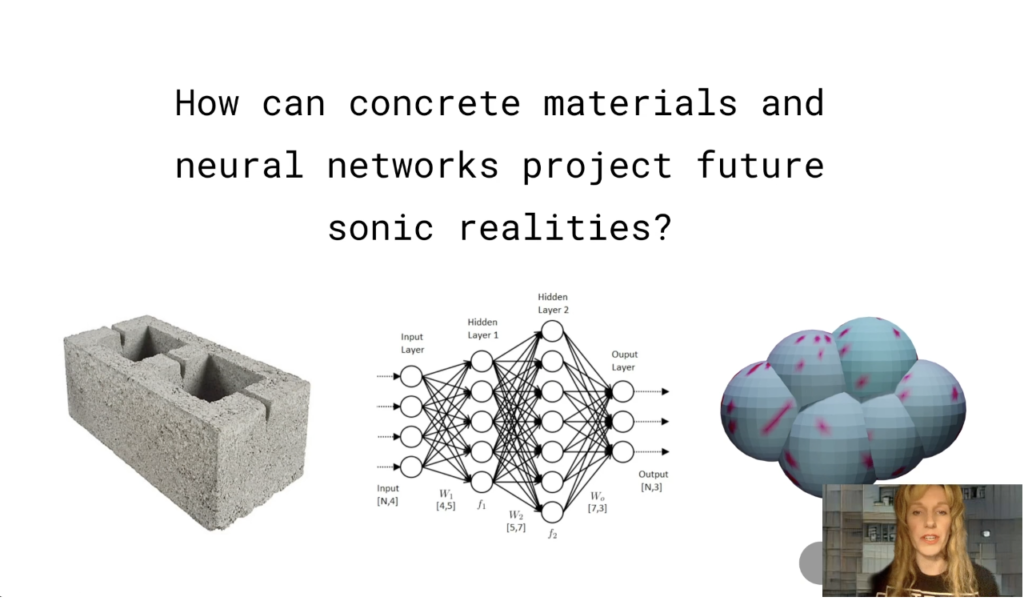
MATERIAL SPACES
In my sound art work I explore concrete materials and textures uncovering their innate patterns and inherent properties through close miccing and amplification. My work is inspired by musique concrete, working with fragments of sound and recordings that are taken out from their context (acousmatic sound) and manipulated electronically to create new thoughts, spaces and worlds. Space and sound are inherently linked and in my exploration of sound sculpture through this sample based approach, I like to consider how both playing with material physical form and reconfiguring sound fragments can create space for new sonic forms of expression and meaning. I have always loved working with sound collage, randomness and chance occurrences through graphical scores and am now starting to work these out as systems (slowly) through maths and code.
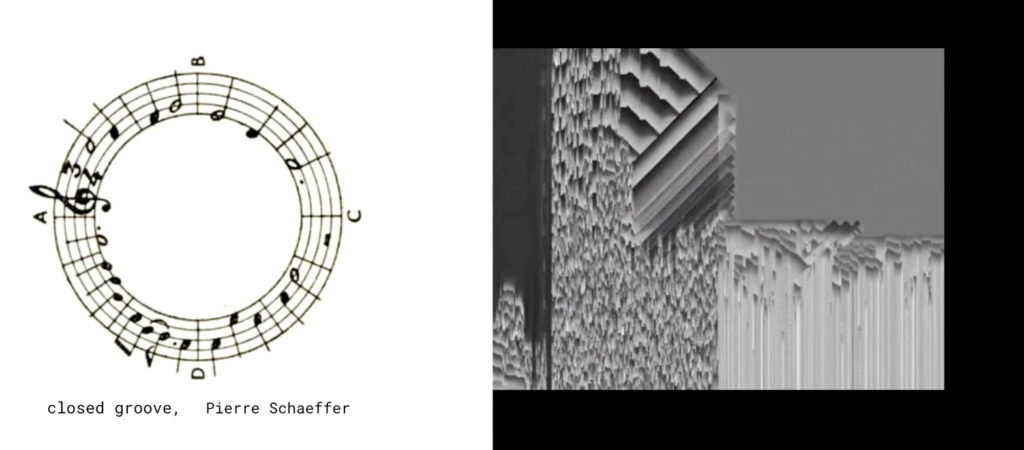
I’m fascinated with the idea of a hidden sound world waiting to be revealed and uncovered and that sound phenomena though not always immediately present are held within spaces that need to be tuned into on a different frequency as listeners or activated and unlocked in a different way, unleashing their potential. Sound is the movement of particles through space, as such we as humans are in a perpetual flow state and relational dynamic with sound sources and material environments, sound is determined by space and we experience this phenomena in a deeply personal manner through proximity and individual resonance.
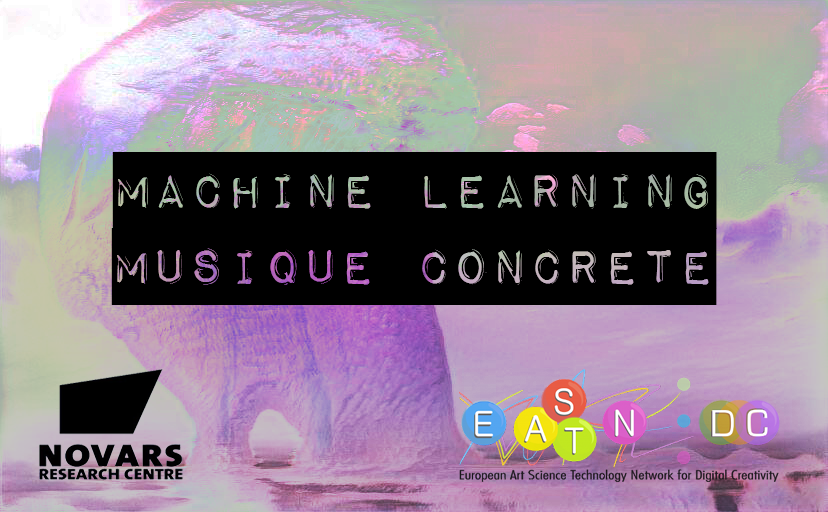
LATENT SPACES
I’m reading a lot about machine learning at the moment, teaching myself to code with Python and MaxMSP for a new year long residency I’m doing with NOVARS, Centre for Innovation in Sound at the University of Manchester, part of European Art Science network for Digital Culture. I’m exploring machine learning and musique concrete for performance and composition. My research question is “How can concrete materials and neural networks project future sonic realities?”. I’m creating training datasets of concrete sounds to process through generative neural networks and will be creating new sound sculptures for live processing. Themes of hidden systems and processes are evident within machine learning writing which are often referred to as a ‘blackbox’ or thought about as some sort of dark art especially with the huge amount of neural network layers required within deep learning. This level of computation and statistical modelling is impossible for humans to process and understand. It is early on in my machine learning skills development but conceptually I am interested in how using neural networks and concrete sounds could question the idea of an object and how we perceive matter, thinking about Walter Benjamin’s Aura of an object, also how these experiments of sounds in latent space could pose new sonic aesthetics. You can see the framework set out for the AURAMACHINE residency here in a recent talk at ZKM, the project is part of a wider AI research project i’ve been working on called SleepStates.
GLASS EXPERIMENTS THIS WEEK
This week I have been experimenting with developing some 3D virtual textures, creating glass textures and marrying them with some glass samples from my MATERIALITY project a couple of years back. The sound on the piece above is me rummaging through a vat of glass shards at the National Glass Centre in Sunderland, you can hear the low hum of the machinery on the audio, which is left untreated. I’m testing how it feels to consider and combine material as a form of 3D digital materiality with an acoustic recording of the same matter . Working in an online space, i’m going to start testing panning and spatial parameters to explore how these objects use the spaces within our screens.
You Might Also Like:
Van Luong (1)
 Kjell Zillen (4)
Kjell Zillen (4) Mels Dees (9)
Mels Dees (9) Gao Yu (4)
Gao Yu (4)Katya Lebedev (1)
Juan Dies (1)
 Anastasia Prahova (2)
Anastasia Prahova (2)Nena Nastasiya (7)
Taarn Scott (6)
 Cynthia Fusillo (20)
Cynthia Fusillo (20)Roberta Orlando (8)
 Nanda Raemansky (25)
Nanda Raemansky (25) Eliane Velozo (22)
Eliane Velozo (22)Leyya Mona Tawil (1)
Julia Dubovyk (2)
Jianglong (2)
 Iara Abreu (23)
Iara Abreu (23) Agathe Simon (1)
Agathe Simon (1)Rosetta Allan (1)
Elizaveta Ostapenko (5)
 Valentin Boiangiu (2)
Valentin Boiangiu (2) Wesley John Fourie (9)
Wesley John Fourie (9) Renato Roque (3)
Renato Roque (3)Rosa Gauditano (5)
Neerajj Mittra (34)
Ciana Fitzgerald (5)
Boris Moz (3)
 Katerina Muravuova (5)
Katerina Muravuova (5)Kyla Bernberg (1)
 Muyuan He (1)
Muyuan He (1)Liza Odinokikh (2)
 Amalia Gil-Merino (2)
Amalia Gil-Merino (2)Paulo Carvalho Ferreira (6)
 Anastasiia Komissarova (2)
Anastasiia Komissarova (2) Yumiko Ono (1)
Yumiko Ono (1) Stefania Smolkina (1)
Stefania Smolkina (1)Lena Adasheva (1)
 Zahar Al-Dabbagh (1)
Zahar Al-Dabbagh (1) Emily Orzech (6)
Emily Orzech (6) Fernanda Olivares (5)
Fernanda Olivares (5) Noor van der Brugge (3)
Noor van der Brugge (3) Ira Papadopoulou (2)
Ira Papadopoulou (2) Tom Chambers (8)
Tom Chambers (8) Titi Gutierrez (3)
Titi Gutierrez (3) Franz Wanner (2)
Franz Wanner (2) Crystal Marshall (6)
Crystal Marshall (6) Transpositions III (36)
Transpositions III (36) Riddhi Patel (3)
Riddhi Patel (3) Michele Kishita (2)
Michele Kishita (2)Damian Carlton (4)
 Deanna Sirlin (1)
Deanna Sirlin (1) Laura Salerno (3)
Laura Salerno (3) Nina Annabelle Märkl (12)
Nina Annabelle Märkl (12) Elina Fattakhova (1)
Elina Fattakhova (1) Tasha Hurley (1)
Tasha Hurley (1) Ian Hartley (2)
Ian Hartley (2) Laurence de Valmy (2)
Laurence de Valmy (2) Ilia Bouslakov (5)
Ilia Bouslakov (5) Andrea Ahuactzin Pintos (4)
Andrea Ahuactzin Pintos (4) Sveta Nosova (3)
Sveta Nosova (3)Carlos Carvalho (1)
 Maria Timofeeva (1)
Maria Timofeeva (1) Jinn Bug (2)
Jinn Bug (2) Johannes Gerard (3)
Johannes Gerard (3)Irène Mélix (1)
 Aba Lluch Dalena (3)
Aba Lluch Dalena (3) Fabian Reimann (1)
Fabian Reimann (1)Natalia Gourova (1)
 Kate Finkelstein (4)
Kate Finkelstein (4)Raina Greifer (1)
James McCann (2)
Naza del Rosal Ortiz (1)
 Jay Critchley Jay Critchley (1)
Jay Critchley Jay Critchley (1) Vicky Clarke (4)
Vicky Clarke (4) Maria Silva (4)
Maria Silva (4) Shir Cohen (5)
Shir Cohen (5) Peter Shenai (4)
Peter Shenai (4) Bo Choy (4)
Bo Choy (4)Alina Orlov (2)
 Olga Popova (3)
Olga Popova (3) Coco Spencer (2)
Coco Spencer (2) Filippo Fabbri (2)
Filippo Fabbri (2)Daniele Leonardo (5)
 SISTERS HOPE (1)
SISTERS HOPE (1) Scenocosme : Gregory Lasserre & Anais met den Ancxt (4)
Scenocosme : Gregory Lasserre & Anais met den Ancxt (4) Anne Fehres & Luke Conroy (6)
Anne Fehres & Luke Conroy (6) Olesya Ilenok (2)
Olesya Ilenok (2) Marie-Eve Levasseur (4)
Marie-Eve Levasseur (4) Natalia Tikhonova (2)
Natalia Tikhonova (2)Ildar Iakubov (1)
 Evgeniy Lukuta (7)
Evgeniy Lukuta (7) Jarkko Räsänen (5)
Jarkko Räsänen (5)Maria Guta (6)
Egle Kulbokaite Dorota Gaweda (6)
Thomas Kotik (1)
 Andrea Stanislav (3)
Andrea Stanislav (3)Ludmila Belova (1)
Alena Levina (1)
 Ilia Symphocat (2)
Ilia Symphocat (2)Yevgeniy Fiks (1)
Star Trauth (18)
Jyoti Arvey (1)
Les Joynes (2)
 Ekaterina Ivanova (1)
Ekaterina Ivanova (1) Lev Shusharichev (1)
Lev Shusharichev (1)Michael Stebackov (5)
Ryan Griffith (3)
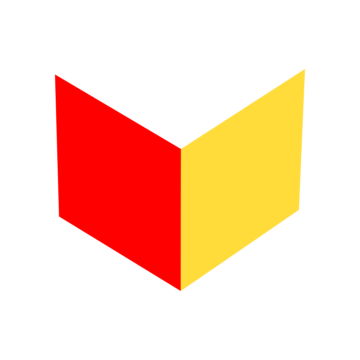
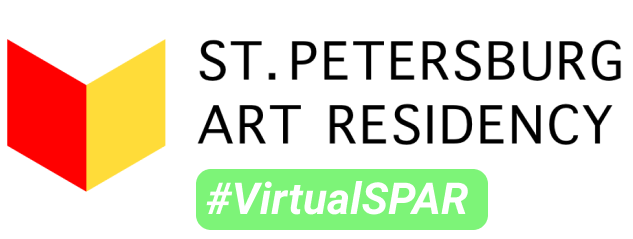
1 Comment
The idea of revealing the sound is fascinating! Can’t wait to talk more about it. Thank you, Vicky!